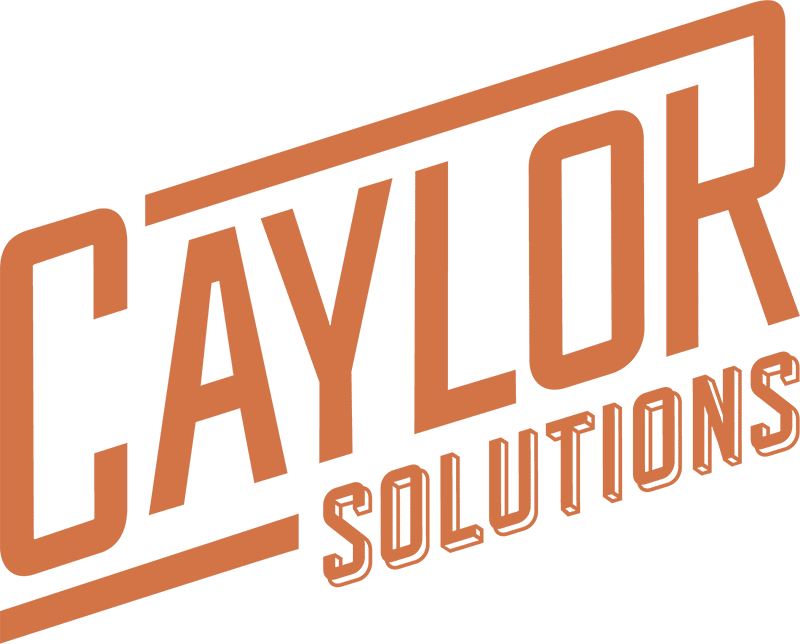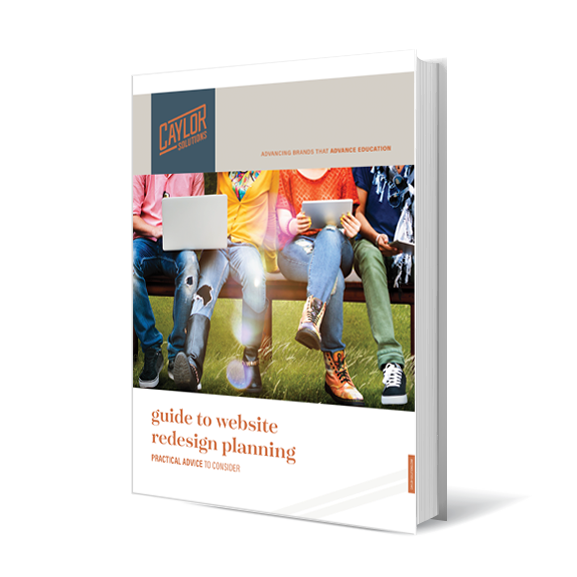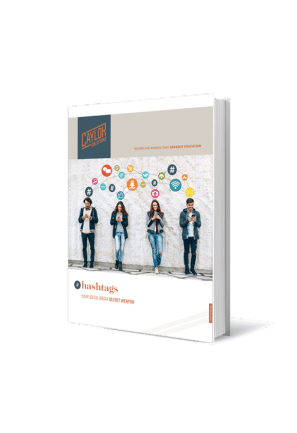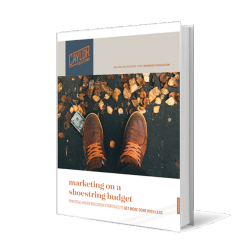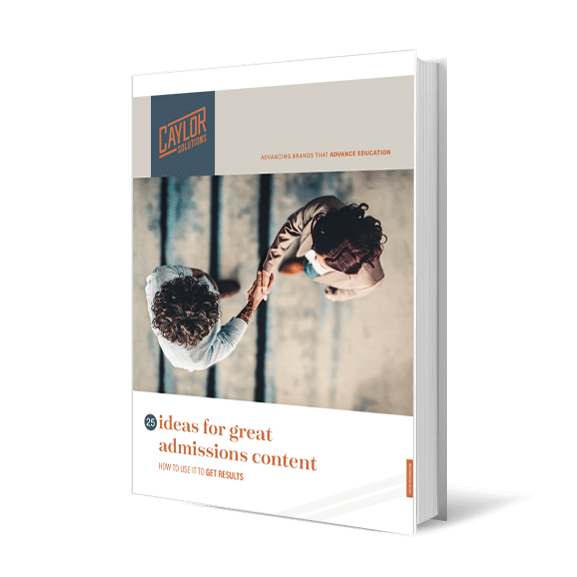Rather than imagining your comm flow as a funnel, it can be helpful to think about it more as an enrollment ecosystem.
In today’s rapidly evolving academic landscape, traditional enrollment funnels struggle to meet the complex needs of prospective students.
Institutions must move beyond linear models to embrace a more holistic, interconnected approach.
This blog delves into how understanding and implementing an enrollment ecosystem can transform the way colleges and universities engage with students, offering a more adaptive and responsive framework for navigating the educational journey.

Through our discussion, we’ll uncover the challenges of the traditional enrollment funnel and highlight effective strategies to foster an environment that nurtures student decisions at every touchpoint.
Whether you are a marketer, educator, or administrator, the insights shared here will equip you with the tools to innovate your enrollment practices and align them more closely with the missions and aspirations of today’s students.
The Enrollment Ecosystem
DJ introduced the concept of viewing enrollment not as a linear process but as an ecosystem—a dynamic, interconnected environment where students’ paths are not linear but fluid and variable.
This perspective challenges the traditional enrollment funnel concept by emphasizing the importance of creating a nurturing environment that adapts to the unpredictability of students’ decision-making processes.
[There is an] old adage of only tracking [a lead from a] single source. This source [shows us if the lead is] coming from [a particular] niche or from a different partner platform or from their virtual tour.
DJ emphasized in our conversation “the interconnectedness of the sources” of the leads that are coming in.
He suggested experimenting and discovering: “a combination [of sources] could come together that would be the most impactful experience that you can provide for prospective students and their families throughout their journey to make an informed decision about your institution.”
The ecosystem approach recognizes the multitude of touchpoints and influences on prospective students, urging institutions to leverage their assets more holistically and responsively.
Enrollment Funnel Challenges
One of the challenges of the traditional enrollment funnel is that sometimes we can get very focused on certain metrics within the funnel without recognizing that it all plays into the end goal of matriculating, retaining, and graduating students.
Sometimes the traditional funnel gets us a little too myopic, focusing only on certain metrics.
Our discussion ventured into the challenges presented by the conventional enrollment funnel, particularly its limitation in accommodating the non-linear journey of today’s students.
DJ highlighted the necessity for institutions to evolve from a singular focus on funnel progression to an ecosystem mindset that values engagement at multiple levels and through varied channels.
This shift calls for a deeper understanding of the journey from prospect to student, emphasizing the importance of nurturing relationships and building engagement throughout all stages of the decision-making process.
Assessing Your Assets
An essential part of thriving within this enrollment ecosystem is the strategic assessment of assets. DJ urged institutions to take stock of their resources—digital tools, content, and human capital—to ensure they are being utilized to their fullest potential.
By understanding the assets at their disposal, schools can better craft strategies that are both efficient and effective, maximizing the impact of every touchpoint in the student journey.
According to DJ, the first thing to assess is your inquiry pool itself.
[We’ve all had the experience of] getting too high or too low on certain key performance indicators, your KPI’s.
Obviously, there are leading and lagging indicators, and I think those things are still very much alive and well in the “enrollment ecosystem” versus your traditional framework of a funnel.
But I think the piece in the enrollment ecosystem framework [that is different is that we] grade our inquiry pool. We do this each summer ahead of our traditional application launch for our undergraduate population.
How strong is [the inquiry pool]? And when I say “strong,” it’s not just volume, but the characteristics that normally put us in position to be successful.
How are we doing with those characteristics?
[These characteristics] can be distance from campus, socioeconomics, demographics, academic areas of interest, level of engagement, campus visits—it can be all these things!
But in itself, all it is giving us is some assessment of the quality and the strength of the inquiry pool before the application goes live.
In an enrollment ecosystem mindset, you also need to assess each media asset as well.
While it’s important to think of the “interconnectedness of the sources” of your leads, it’s also important to think through how each piece of content can be interconnected throughout your enrollment funnel.
DJ encouraged us to assess each piece of content for how it can be used throughout all the levels of the funnel.
When you think about assets like digital resources and video content, you start to think about those pieces in a way that says…
“Are they only valuable as one dimensional, or is this a multidimensional asset that can be of value at different phases of the funnel?”
So if I think about one of the newer initiatives and you think about The College Tour and video content, is this only a helpful resource as a prospect, as an inquiry? Is it only there to build awareness?
Can it build affinity and stretch the brand? Is it strong enough to help you build and maintain or stack upon reputation?
[We should] start to think through those assets and to say, “How do we use them in multiple ways [across the enrollment ecosystem]?”
Being Grounded in the “Why”
Perhaps the most profound takeaway from our conversation was the importance of being grounded in the “why” behind our efforts.
DJ’s approach to enrollment and student engagement is deeply rooted in understanding the purpose and mission of the institution.
This grounding principle serves as a compass, guiding strategic decisions and ensuring that every initiative is aligned with the overarching goals of the university.
It’s a reminder that beyond the tactics and tools, our work in higher education marketing is fundamentally about contributing to the educational mission and making a meaningful impact on students’ lives.
Putting It All into Action
In conclusion, our dialogue with DJ Menifee offered invaluable insights into reimagining enrollment strategies in higher education.
By embracing the concept of an enrollment ecosystem, assessing and leveraging our assets wisely, and always staying connected to our “why,” we can navigate the complexities of student recruitment and retention more effectively.
The shift from a linear funnel to an adaptive ecosystem not only aligns with the changing landscape of higher education but also positions us to meet the needs and expectations of the next generation of students.
As we look to the future, think of ways you might be able to adopt this powerful enrollment ecosystem mindset at your institution.
Discover more when you listen to the podcast!
Like all of our blog post reviews of The Higher Ed Marketer podcasts, there’s so much more to learn in the podcasts themselves.
Listen to our interview with DJ Menifee to get even more insights into:
- The enrollment ecosystem (3:44)
- Enrollment funnel challenges (7:12)
- Assessing your assets (15:09)
- Being grounded in the “Why” (27:29)
Looking for Enrollment Marketing Content that Works?
You’re in luck! We’ve curated 25 awesome ideas inspired by top higher ed institutions across the country and put them in one handy guide: 25 Ideas for Great Admissions Content. 
-
- 25 enrollment marketing content ideas you might never have considered before
- Guidance on how to use each one for best results
- Brief discussion on why they work to help you sell these ideas to your team
Get inspired.
Get enrollment results.
Get 25 Ideas for Great Admissions Content.
Download your copy today!
Featured image via bradley.edu
